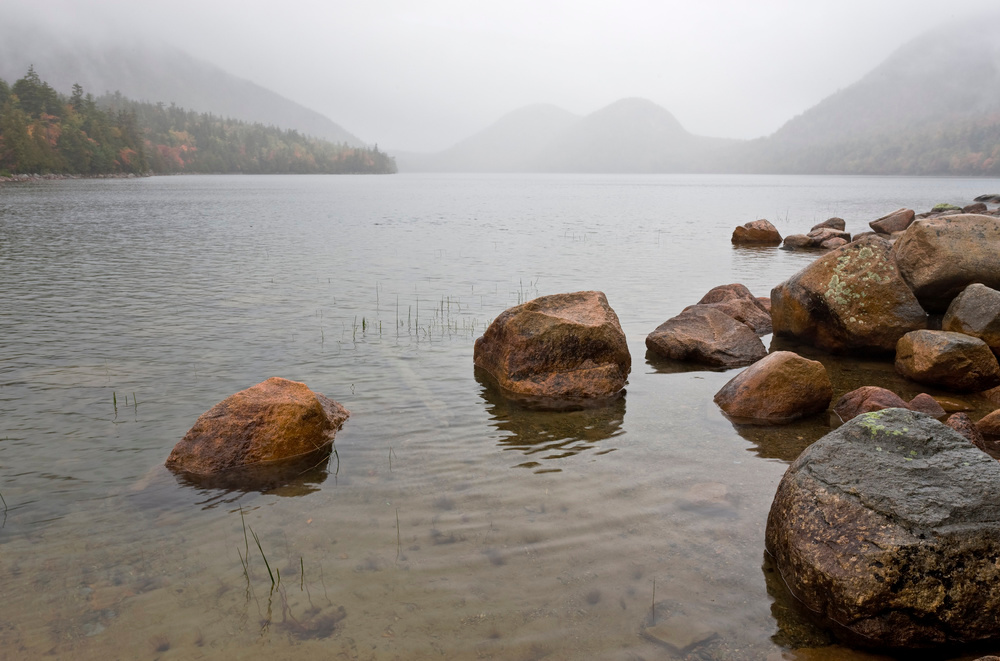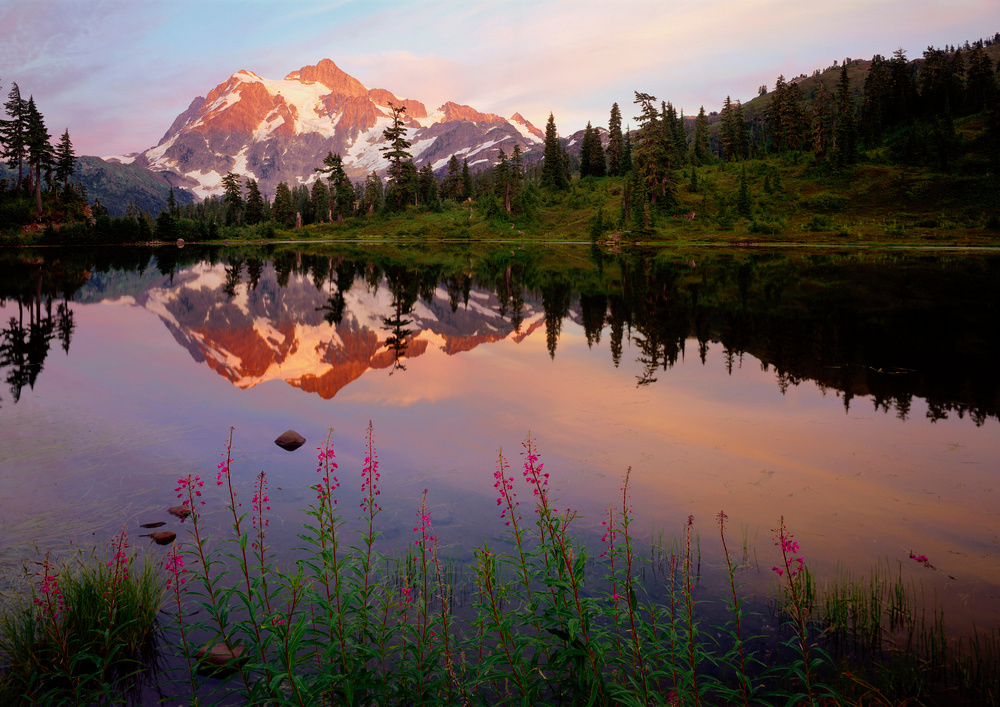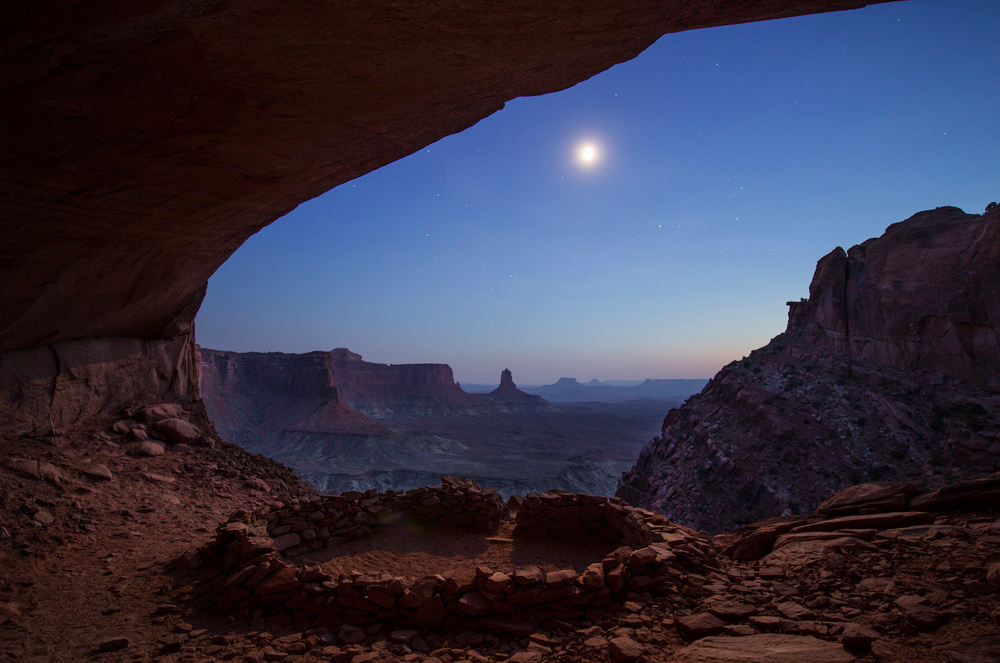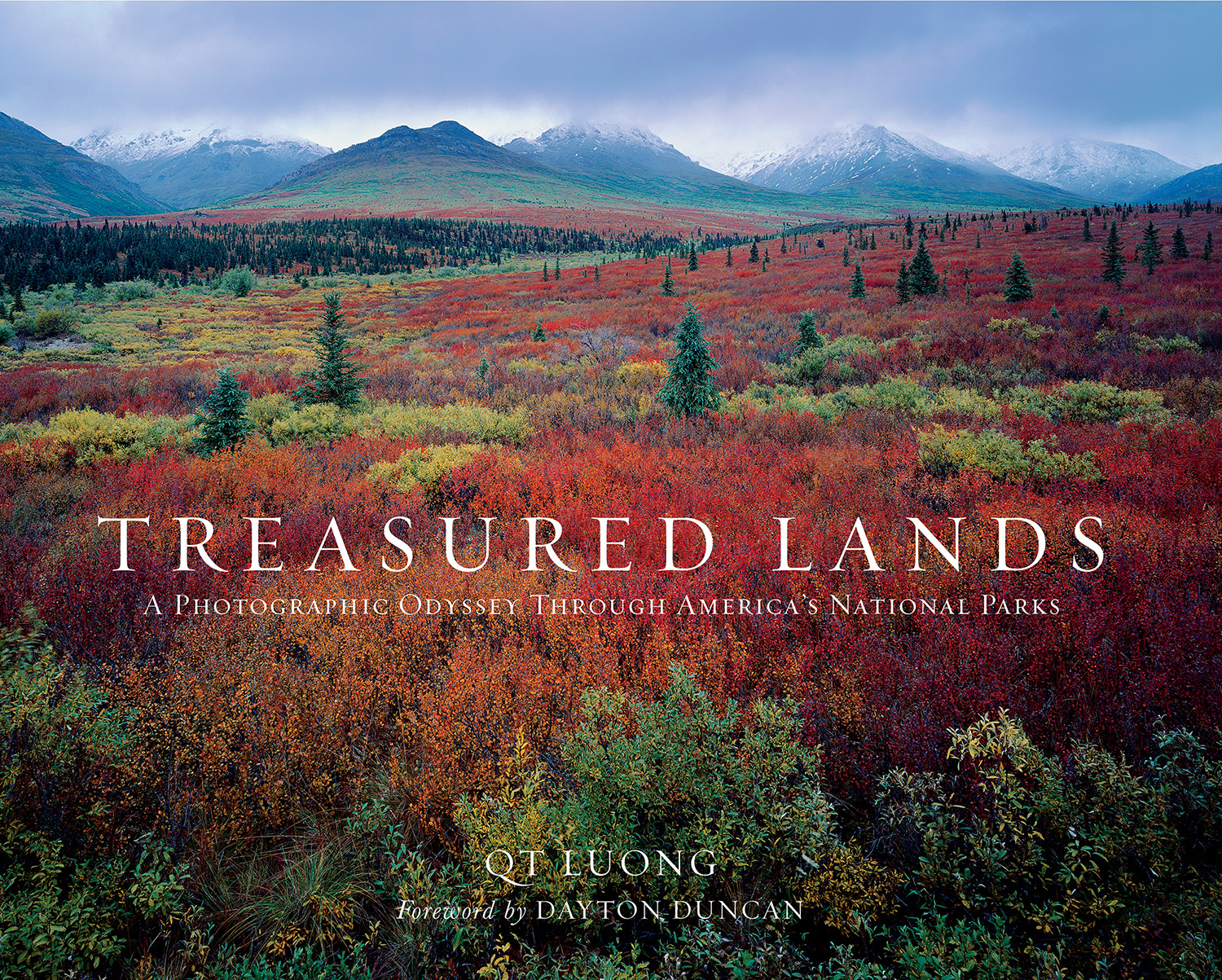It’s always fun to change things up and do new things, so from time to time on an ongoing basis I will be interviewing prominent photographers and folks involved with publishing on my blog. I’m pleased and honored to present as my second interview a discussion with QT Luong.
QT Luong [“Tuan”] is the photographer and creator of the bestselling and award-winning book Treasured Lands: A Photographic Odyssey Through America’s National Parks. Treasured Lands is visual tour of all 59 US National Parks in a coffee-table book, with location notes for each photograph. It is the winner of six national book awards, including the Independent Publisher Book Award (“Coffee Table Books Gold Medal”) and the IBPA Benjamin Franklin Award (“Arts and Photography Gold Medal”). According to the New York Times, “No one has captured the vast beauty of America’s landscape as comprehensively.” To learn more about QT Luong and his work, check out his website.
Tuan came to visit me in Berkeley a few weeks ago; hence, the interview and discussion that follows.
Harold Davis: Please tell me about your Treasured Lands project.
QT Luong: The Treasured Lands project started with the goal to photograph each of the U.S. national parks in large format, and evolved into an attempt to create the most complete photographic record of them by a single person. For each park, I visited all of its significant areas and traveled deep into the wilderness. I returned in different seasons, resulting in more than 300 park visits over the course of almost a quarter-century.
HD: Wow! What got you started with Treasured Lands?
QTL: In the winter of 1993, I visited Yosemite. In the spring of the same year, I headed to Alaska to climb Denali. The sheer scale and pristine beauty of the north far exceeded anything I had witnessed in the mountains of Europe. In the fall, I toured Death Valley. After standing on the highest point of North America, I was now looking at its lowest. I had never seen such wide-open spaces and deserts before, and the geological surprises concealed within this arid land mesmerized me. I realized how much diversity the national parks encompass—they present every ecosystem a vast continent has to offer, and it was all new to me. Each park represents a unique environment, yet collectively they are all are interrelated, interconnected like a giant jigsaw puzzle. I wanted to exhaust every opportunity to experience that natural diversity, and I wanted to share it with others.
This, combined with my realization of the descriptive power of large format photography inspired me to embark on a project that I thought was both original and compelling: photograph each of America’s national parks with a large-format camera, because only large-format photography would do justice to the grandeur of the parks.

HD: What was your experience of publishing your book like? How has it been received?
QTL: My goal was to offer the most comprehensive and useful photography book about the national parks. This called for a very substantial volume, with more pages, images, and words than any existing book on the subject. Photography books are expensive to print, especially at such a high level of quality. Although my project was quite known—for instance Ken Burns and Dayton Duncan featured me in their TV series about the national parks—no traditional publisher wanted to take on this project because it was too ambitious. I also wanted the synergy of combining an art book with a photography guidebook to encourage visits, and it was met with resistance – in retrospect, I realize the book industry is quite conservative. By the summer of 2015, no progress had been made, and I was desperate to get the book out in time to celebrate the Centennial of the National Park Service in the summer of 2016.
Eventually, by using a hybrid publishing approach between self-publishing and traditional publishing, I was able to realize my vision for the book and also offer it at a very affordable price (for what you get). [Click here to order Treasured Lands on Amazon-–HD]
Although it is my fourth book, Treasured Lands is the first book for which I was in total control and was involved in all aspects, including concept, writing, and design. On the other hand, it was also the first book for which I worked closely with a professional art director, Iain Morris, and his ideas improved considerably the book. I learned a lot about how books operate in the process.
There was a lot of uncertainty attached to this publishing project. At one point, the publishing consultant I hired quit because he thought the project was too risky. So it was particularly gratifying that the book has become a critical and commercial success. Everybody I met who had seen the book was enthusiastic about it and told me they felt inspired. The book got excellent reviews, both from the press (including The New York Times, quite rare for a photography book) and from readers, with currently 95 reviews on Amazon. It won six national book awards out of seven entered. Barely more than a year after first publication, we released the third printing of Treasured Lands, just in time for the holidays.

HD: What photographic gear do you use?
QTL: I use both film and digital cameras.
With film, I work exclusively with a wooden 5×7 large format camera. I bought it in 1995 from Keith Canham, a craftsman who assembles them by hand in Arizona, and I expect it to last for the rest of my life. Out of my seven lenses, my preferred one is the Schneider Super Symmar XL 110mm f/5.6, which has an angle of view equivalent to a 24mm lens.
By contrast, in digital, I have been going through a bunch of different full-frame cameras since the early 2000s. Almost all digital photos in Treasured Lands were photographed with Canon cameras, but I am now using Sony equipment. I have a fairly standard set of zoom lenses, complemented with specialty lenses such as Tilt-Shift, fast lenses, and macro lenses.

HD: How do you approach photography?
QTL: Art is first created for oneself, then you invite people into your world. My photography is directly derived from my experiences in the world, often in special places. It helps me remember the personal story of my relationship with a place that has become personally meaningful to me. I try to evoke the feeling of being there, and reveal with truthfulness and clarity something that you’d miss if you just looked casually. I celebrate the richness, diversity and beauty found in the world, in the hope of inspiring viewers to explore for themselves, experience what I experienced, and eventually care for our planet.
HD: What is your favorite place to photograph? What kinds of places do you like to photograph?
QTL: Frankly, it’s difficult to say based on the merits of the places, because they are so different. However, If I was to pick a park, it would have to be be Yosemite, based on my personal relationship with the place. What makes it special to me is that it was the place that drew me to California, the first national park I had heard of and visited, and the time I have spent there on repeated visits.
Although I’ve extensively photographed cities and cultures, I feel a particular connection and reverence for nature and the wilderness. However, I do not have a preference for a kind of place to photograph. I believe that if you look carefully enough you can find beauty and visual interest in all sorts of places, natural or man-made, that other people find banal.
HD: I understand you have a doctorate in computer science, were born in France, and are of Vietnamese descent. You’ve been settled in the Bay area for quite a while as a professional photographer. This all sounds like an interesting life story. Could you tell me more?
QTL: I was born in Paris and grew up as a city kid. Things changed when college friends took me to the high peaks of the Alps. I discovered for the first time the wilderness and made a connection with nature. I took up photography as a means to bring back the beauty of mountain tops to folks who could not get there.
In the winter of 1993, I moved to Berkeley to work on the first self-driving car project in California. At that time, having just finished my PhD, I was looking for a short-term post-doc job in the U.S., and I didn’t know much about the geography of his country. Others climbers said Yosemite had good rocks to climb, so off all the great research universities, I chose Berkeley because it was the closest to Yosemite.
I felt in love with Yosemite and the national parks, and to work on the project that eventually became Treasured Lands, I made my home in the San Francisco Bay Area. I started a 100% on-line based photography business (which was a new idea back in the early 2000s) in parallel with my scientific career, and it provided enough revenue that I was able to turn to photography full-time a decade ago. [You can check out QT Luong’s extensive online photo collections on his website.—HD]
HD: In this day and age with the political attempts to roll back protection for the national parks and wilderness generally, your book seems particularly relevant. How do you feel about what is going on in the world?
QTL: On a larger time scale, I am cautiously optimistic that the “arc of the moral universe is long, but it bends toward justice”. If we care enough about our public lands, the current government policies, which are worrying in many ways, can be reversed after new elections. Being a father of two, I am a bit concerned with the younger generation absorption into virtual worlds, but on the other hand, environmental awareness seems to be increasing among them. The large national park visitation during the National Park Service Centennial last year has shown that people love the parks.
People generally care for places for which they have developed a personal connection through a visit, so it is more important than ever to continue encouraging those visits, and that’s one of the goals of Treasured Lands. Other coffee-table books may inspire you, but leave you wondering about locations. For each image, Treasured Lands provides you the information to get there at the best time of the day or the year. Above all, I hope that my photographs will inspire you to visit the places for yourself, and if the experience has enriched your life, to speak out for our public lands.
Click here to order Treasured Lands on Amazon. To learn more about QT Luong and his work, check out his website.
